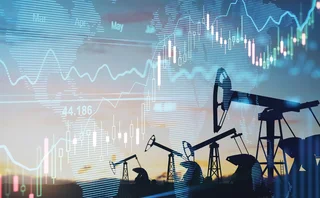Mifid II transparency rules shake up bank commodity desks
Role of voice set to dwindle, while e-trading sparks worries of predatory algos

In the wake of the 2008 crisis, transparency was touted as a solution for many of the ills that plagued the global financial system. By shedding light on trading in over-the-counter derivatives, the argument went, hidden sources of systemic risk would be exposed and the markets would become fairer for everyone.
Or, at least, that was the theory. In practice, critics say some of the transparency rules that have emerged out of post-crisis financial reform legislation will end up hurting the end
More on Regulation
Esma sounds out industry for ways to cut reporting burden
Markets watchdog asks consultative groups for ideas to simplify reporting rules
Why EU banks have snubbed revised green finance metric
Banks steer clear of Banking Book Taxonomy Alignment Ratio in droves
Ruled out: can regulators settle the pre-hedging debate?
Market participants are at odds over the practice and whether regulation or principles can settle the score
First green asset ratios come in low as EU banks protest methodology
ABN Amro only bank to break double digits in a sample of 23 lenders
Commodities surge presents UMR test for Asia’s sell side
Increased interest in commodity exotics comes amid scrutiny of margin calculation models
Some see Esma reining in position limits after review
The scope of position limits could shrink to cover just the major benchmarks, one executive argues
Burden of implementing US sanctions now firmly on energy firms
Energy firms must now screen operations of every vessel they deal with, writes maritime data expert
Shipping and energy firms revisit hedging on IMO 2020
Upcoming shipping rules set to impact fuel prices across the energy complex







